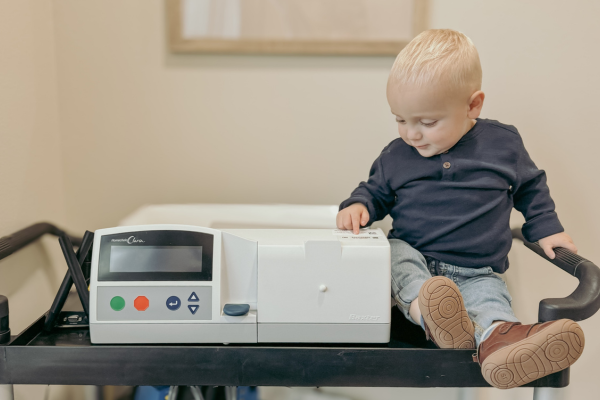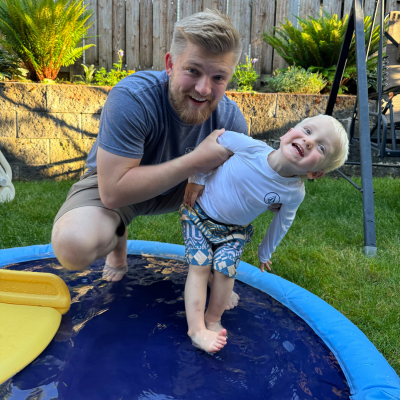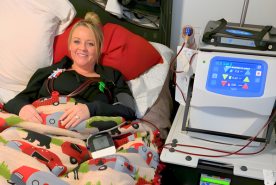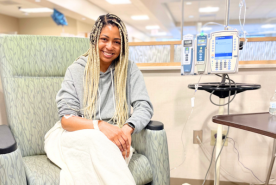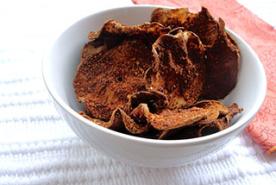October 16, 2025
Sully was diagnosed with PUV before birth. Learn how his family faced kidney failure and got him a life-saving transplant.
Tayler and Billy Ransome, also known as @theransomefam, never imagined that the 20-week ultrasound for their first child would be anything but normal. Instead, they learned their baby had a rare condition called posterior urethral valves (PUV), a blockage in the urethra that can cause childhood kidney disease even before birth.
What followed was a premature birth, 497 days of dialysis, and a life-changing kidney transplant.
Detecting Kidney and Urinary Tract Issues Before Birth
Tayler and Billy weren't expecting to learn about complications. They were hours into a road trip when the results of the ultrasound came in.
"It mentioned a keyhole bladder shape and PUV," Tayler said. "It felt like looking at another language. We had to Google it."
A keyhole bladder is a sign of PUV, a rare condition that only happens in individuals assigned male at birth. Tissue blocks the urethra, the small tube that carries urine out of the body. The blockage prevents the bladder from emptying properly. This, in turn, causes the bladder and urethra to swell into a keyhole shape.
"Babies normally pee into the amniotic sac. That urine becomes amniotic fluid,” said Tayler. "This blockage could stop him from urinating as much as he needed.”
Babies “breathe” in this fluid to help the lungs grow. When urine can't flow out, the bladder swells, and fluid backs up into the kidneys. Kidney damage starts even before birth.
"His kidneys were already very swollen," Tayler said. "We knew there was damage, but no one could say how bad it was until he was born."
The rest of the pregnancy became a waiting game. Doctors monitored fluid levels often. If the amniotic fluid dropped too low, delivery would need to happen right away.
"I delivered Sullivan (Sully) Ransome at 34 weeks in December 2022," Tayler said. "That's still early, but many babies with this condition come even sooner."
Learn more about detecting kidney and urinary tract issues before birth.
Birth and Early Kidney Failure
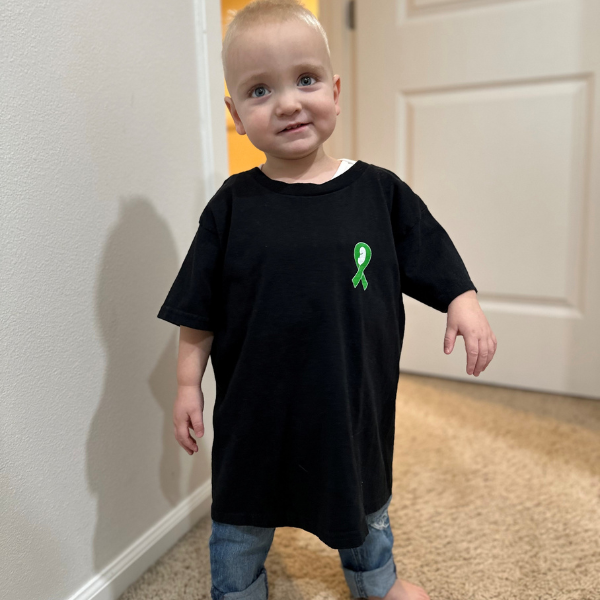
The Ransomes' biggest concern for Sully was whether his lungs would work on their own. Babies with PUV often struggle because low amniotic fluid can keep lungs from developing fully.
"We were so thankful he could breathe right away," Tayler said. "That was a miracle."
But the relief didn't last long. Testing showed his kidneys were already failing.
"They told us he was in kidney failure," said Tayler. "He didn't need dialysis that day, but it was coming. We learned about the home dialysis options as we waited."
Sully spent the next 30 days in the hospital before going home. His parents maintained his kidney function for nine months with medications before he had to start dialysis.
Home Dialysis
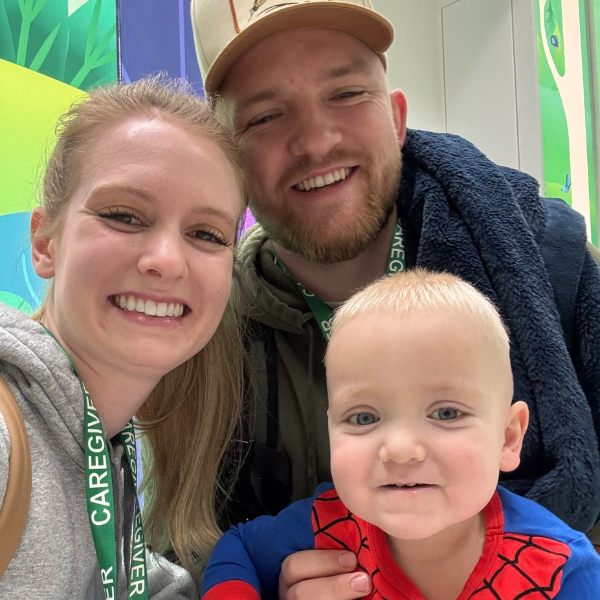
Sullivan's parents chose peritoneal dialysis (PD). PD is a type of dialysis done at home using a machine that cleans the blood through the lining of the belly.
"Training was intense," Tayler said. "We had two weeks of education where we practiced setting up equipment and learning sterile techniques to avoid infection."
It wasn't any easier when they got home.
"It was 10 hours every single night," said Tayler. "We thought he'd sleep through treatment, but he pulled on his tubes frequently. The machine's beeping woke all of us up frequently."
Despite the difficulties, the Ransomes are grateful for the treatment
"It was hard, but it kept him alive," Billy said. "That's all that matters."
Take our quiz to learn if home dialysis is right for you or your child.
Subscribe today!
Join the NKF Blog Newsletter
Get inspirational stories and kidney disease resources delivered to your inbox every month. You'll gain practical insights and expert advice to help you better understand and manage your kidney health, no matter where you are on your kidney journey.
The Search for a Donor
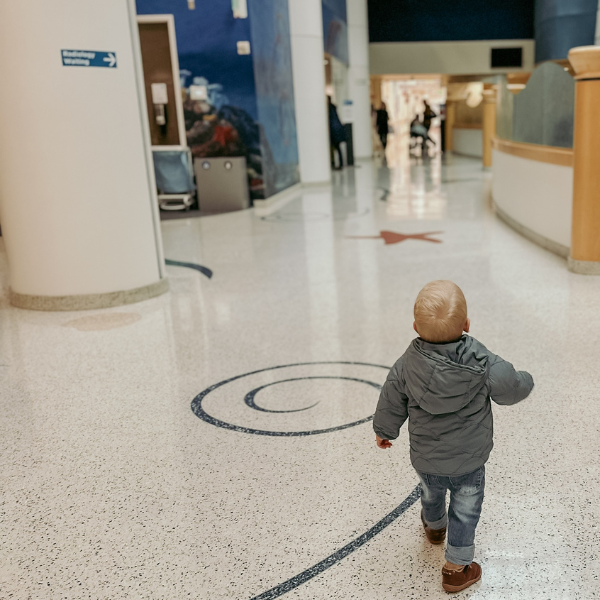
Sully needed to grow and pass a heart, lung, artery, and vein test before he could receive a kidney transplant. While they waited, Sully's parents began the living donor evaluation.
Unfortunately, Billy wasn't a match. Tayler was ruled out due to extra kidney arteries.
"At least 40 others volunteered," Tayler said. "It was incredible, but none were approved."
Doctors explained that children like Sully are often given priority when a deceased donor kidney becomes available.
"He was listed for a deceased transplant in January 2025," said Tayler. "He got almost 500 days of dialysis backdated on his record."
A call came the very next day, but the kidney wasn't a match.
The Gift of a Transplant
Thankfully, the Ransomes didn't have to wait much longer.
"We got another call six weeks later," Tayler said. "He was a backup for a kidney, so we went to the hospital in the morning and waited."
By early afternoon, his family got the news: the kidney was his.
"The surgery went perfectly," said Tayler. "They predicted he'd be down for five days, but Sully tried to sit up the next morning."
After 2½ days in the ICU and a week in a step-down unit, Sully went home.
"It was overwhelming to know our miracle came from another family's loss," Billy said. "But we are so grateful for their gift and will live every day to the fullest to pay it back."
A New Chapter
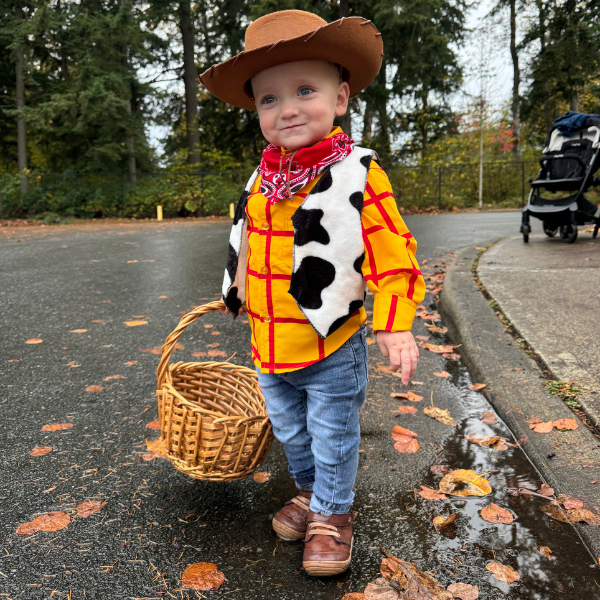
Since transplant recipients take immunosuppressing medications to protect their kidneys, the Ransomes had to quarantine for three months after the transplant.
"We watched him blossom," Tayler said. "His energy soared. He looks healthier, and he's growing taller."
Once quarantine ended, Sully could finally do things that were off-limits on dialysis, like playing in sprinklers, taking baths, and traveling.
"He's like a new toddler. He inspires us every day," Billy said. "He's been through more than most adults ever will, and yet he's the happiest kid we know."
Now, the Ransomes are sharing their story to give hope to other parents.
"The journey is full of ups and downs, but there can be a good ending for your child," Tayler said. "Surround yourself with people who will cheer you on, and don't be afraid to connect with other families."
Sharing stories and advice with others going through a similar experience can make a big difference.
"You can learn new and better ways to care for your child," Tayler said. "You find questions to bring to your own medical team."
The Ransomes also encourage families to seek care with a team they trust.
"Find doctors who will fight for you," they said. "Your medical team should make your life easier, not harder."
Get Support
The National Kidney Foundation (NKF) is here to support you and your family through every step of kidney disease.
Explore our programs and resources designed to help you stay informed and empowered:
- NKF Cares: Get personalized support from a trained NKF employee.
- NKF Peers: Connect with trained mentors who share similar experiences.
- NKF Communities: Anonymously discuss kidney disease through our online forums.
- Kidney Walk: Meet your local community while raising awareness and funds for kidney health.
- Kidney Learning Center: Watch videos made by real-life patients to better understand kidney disease and treatment options.
